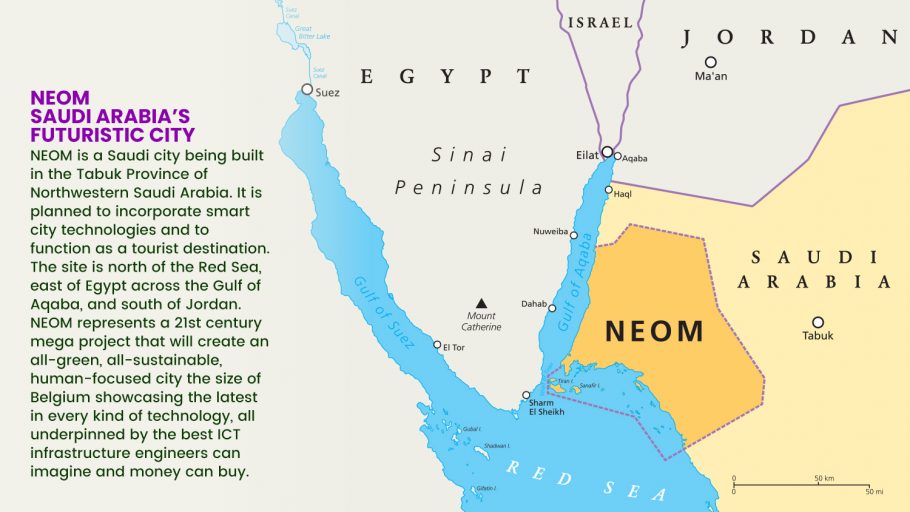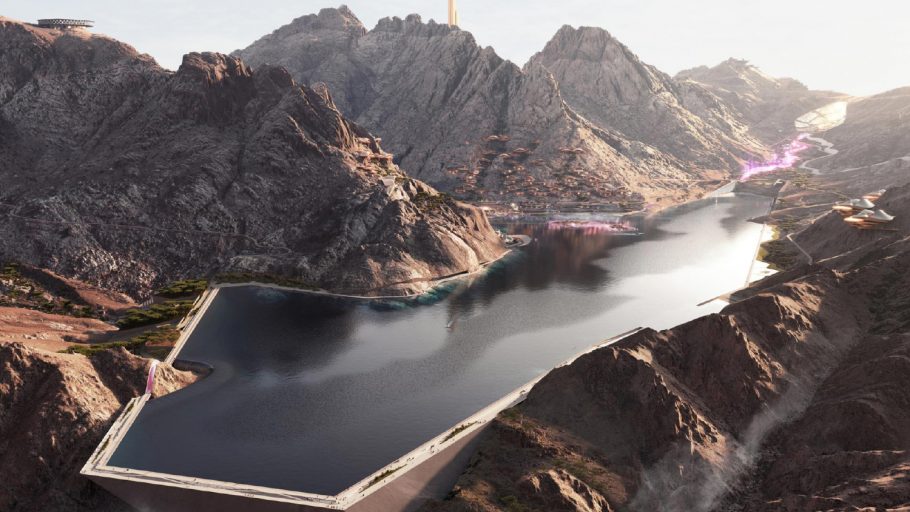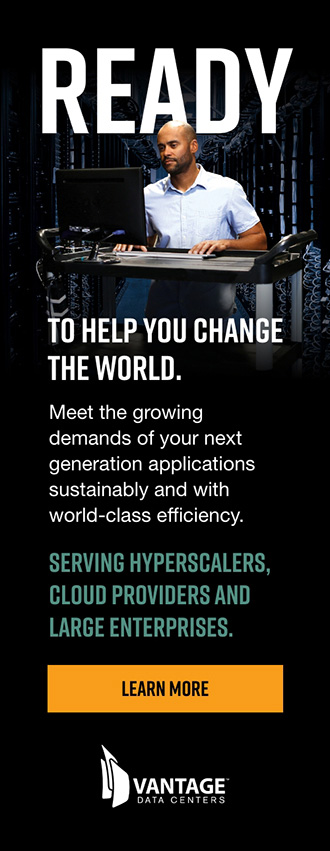As the world tentatively emerges from COVID-19 restrictions, Capacity Middle East was probably the first telecoms show where we could say for sure that the “buzz is back” in the industry. With an attendance (over 2000) that exceeded pre-COVID numbers, it was abundantly clear that everybody was more excited than ever to re-engage face-to-face with industry colleagues. Furthermore, the industry has significantly shifted gears in the intervening period, as the pandemic has forced a rapid acceleration in the “rush to digitalization” to meet end-user demands. Nowhere has this change been more evident than in the MEA region.
The GCC region already has a history of being resolutely focused on hi-tech innovative technologies, as we have seen embodied in numerous Smart City projects in the UAE (e.g. Dubai has had 100 such initiatives underway since 2014), KSA, Jordan, and Qatar—just to mention the largest projects to date, and not to mention the biggest, boldest, and most ambitious initiative of all-which is NEOM.

INCREASING REGIONAL CONNECTIVITY
Regardless of this openness to innovation, the fact remains that, from a connectivity standpoint, the region has been historically considered “outside-in” either as a B-end destination or as transit geography for East-West connectivity with the subsea cable “superhighways” running through the Red Sea.
But all of that is changing. In the wake of the COVID-19 pandemic, demand for connectivity and content services has grown dramatically across the MEA region. Whether it be enterprises needing to connect with customers and employees remotely or consumers craving content of any kind, the need for dramatically higher levels of bandwidth and lower latency has never been higher.
The result is an accelerated requirement for more subsea capacity to serve the region as well as content providers bringing the Internet and content “local.”
In addition to the existing subsea systems in place, all of which are adding additional capability, the new subsea cable systems that will serve the MEA region (2Africa, Blue Raman, Equiano, PEACE) and the planned new Asia-Europe cable systems (SE-ME-WE-6, MIST, IAX/IEX) will deliver huge capacities with better economics and lower latency to the region, as well as diversified routing to Europe via Blue Raman. These will be key to enabling the growth in services and content consumption. Add to this the fact that, after a number of years of facing a certain amount of resistance from local carriers, hyperscalers have now become an integral part of the collaborative ICT landscape in the region. We can clearly see a path to bringing content and computing power “local” and enable enterprises to develop their presence in the region, which was once considered problematic at best and too hard at worst. We can already see new regional connectivity and digital services hubs coming into play to support this evolution. A great example of this is Aqaba Digital Hub, located on the Red Sea coast of Jordan and created by a group of Jordanian entrepreneurs to serve the MENA region.

INCREASING INTERREGIONAL CONNECTIVITY
Whilst all of the above can be deemed to be catalysts to regional development, the cast of actors in this play is much broader.
Subsea connectivity ends at landing stations and connects to domestic carrier networks that, whilst all interconnected with their regional partners, still remain islands of connectivity in their own right. There was clearly a need to create a pan-regional view of connectivity to create a one-stop-shop view of regional connectivity.
The first initiative of this kind was ARC Solutions (ARC) from the UAE, which focused on connecting major regional hubs to each other as a single “go-to” entity connecting networks, data centers, and cloud providers. After an initial phase of connecting regional centers, ARC is now partnering with international partners to extend its virtual ecosystem across the globe and extend its enabling capability to Edge services. In April we also saw the announcement of the Alliance International Management (AIM), a partnership between AMS-IX, Batelco, GBI, Gulf Data Hub, B.Online, and Nuetel to provide digital infrastructure services in the Middle East.
ABOUT THE AUTHOR
Carl Roberts has worked in the Information and Communications Technology (ICT) industry for over 35 years in global, senior executive, and board positions in IBM, MCI WorldCom, Verizon, Global One, and Epsilon Telecommunications. He has a proven track record in M&A and corporate strategy, corporate governance, international marketing and sales, business development, transformation, and restructuring. As the Co-Founder and Partner of Hadaara Consulting, Roberts provides management and strategic advisory services to the C-suite and boards of directors of ICT, private equity, and new venture companies worldwide. He is also a Senior Advisor to Delta Partners. He is a frequent speaker and panelist at global and regional ICT conferences.



